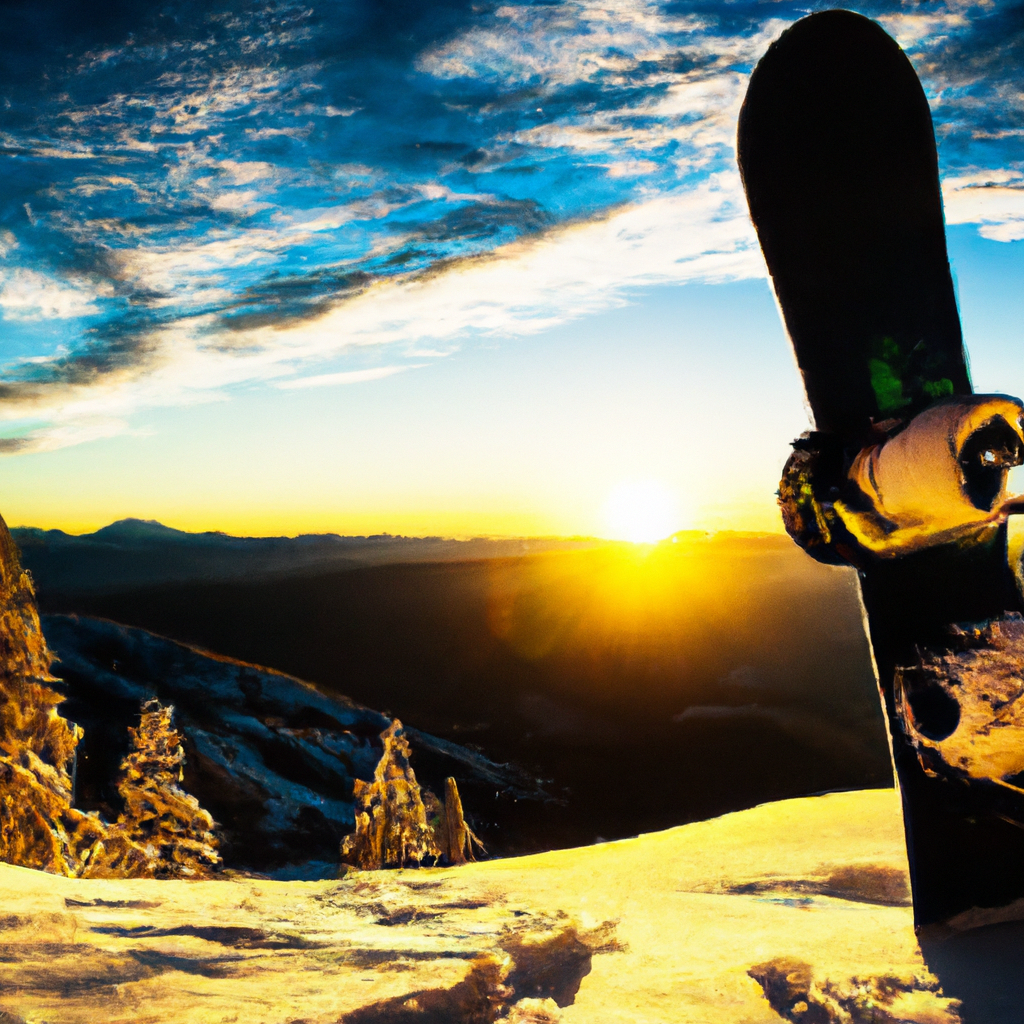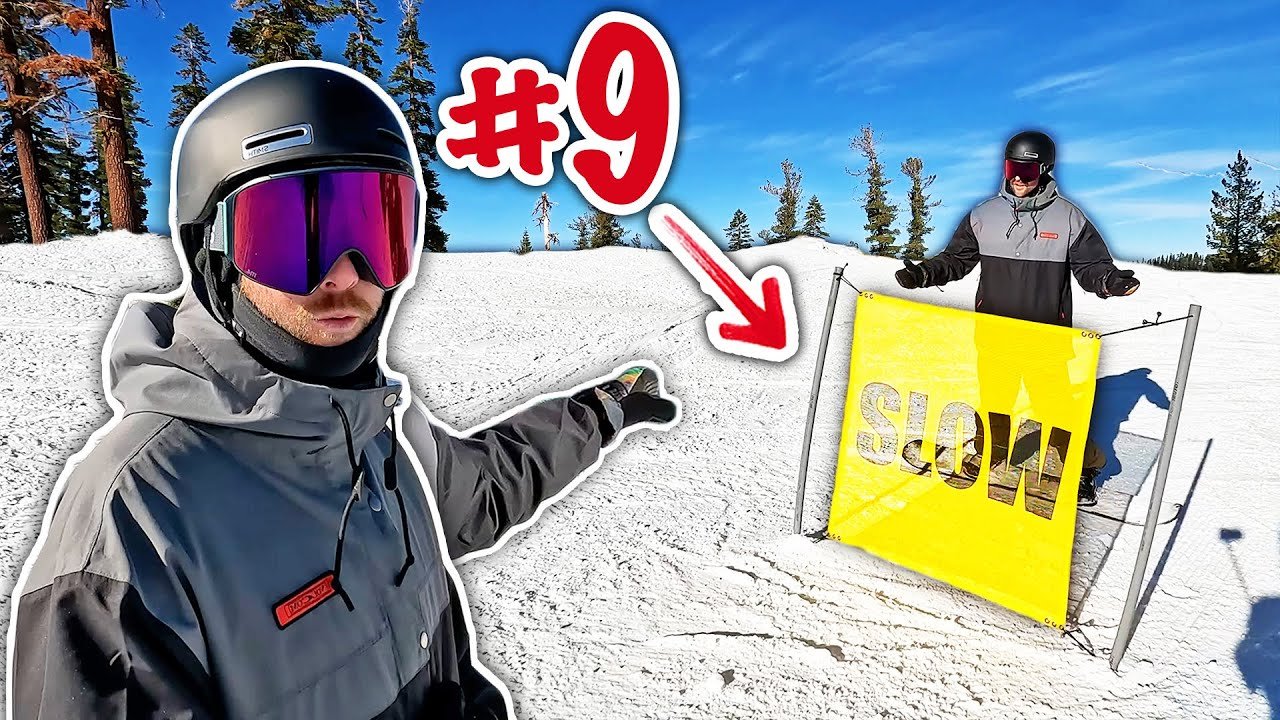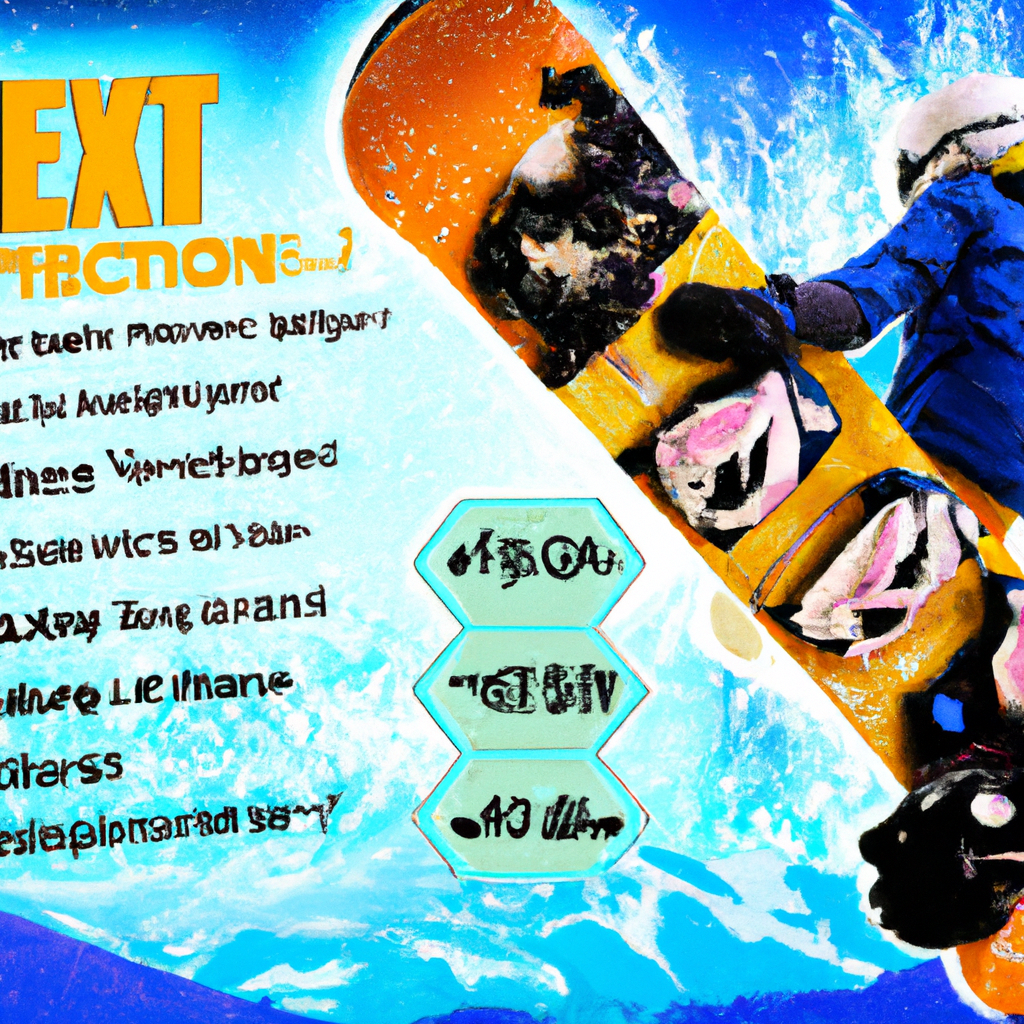
11 Common Ways To Get Injured Snowboarding
In “11 Common Ways To Get Injured Snowboarding,” the video by SnowboardProCamp covers the most frequent ways that people can get injured while snowboarding. The narrator, Kevin, shares his 20 years of experience on the mountain and provides tips on how to avoid potential accidents. He discusses various scenarios to watch out for, such as hanging around the area where you get off the chair, riding through terrain with poor snow conditions, and not following signs. Kevin emphasizes the importance of making your turns predictable, being careful in flat areas, and maintaining awareness of blind spots to prevent collisions. He also advises against pushing yourself too hard at the end of the day when conditions may not be optimal and coming into the chair lift area too fast. Overall, the video aims to help viewers stay safe and avoid common snowboarding injuries by providing valuable insights and practical advice.
11 Common Ways To Get Injured Snowboarding
Snowboarding is an exhilarating sport that offers thrills and excitement to riders of all skill levels. However, like any sport, there are potential risks and hazards that can lead to injuries. In this article, we will discuss the 11 most common ways to get injured while snowboarding and provide tips on how to avoid these accidents.
Hanging around the area where you get off the chair
When getting off the chairlift, it’s important to clear the area quickly. Hanging around the loading area can put you at risk of being collided into by other riders. Always heed the signs that instruct you to keep out of the way and skate out of the area promptly. Keeping a distance from the loading area is key to avoiding accidents.
Making unpredictable turns
One of the most common causes of collisions on the mountain is making unpredictable turns. It is important to communicate your intentions to other riders by using hand signals and making your turns consistent and predictable. Abruptly changing direction without warning can catch other riders off guard and lead to accidents. By establishing a pattern and maintaining a consistent speed, you can prevent collisions and enjoy a safer riding experience.
Stopping on slopes where visibility is limited
Stopping on slopes where visibility is limited can be extremely dangerous. It is critical to find a visible location to stop and avoid blocking the path of other riders. Stopping behind signs or on the side of the run where people can see you is a good practice to ensure your safety. Failing to move to the side of the slope can increase the risk of collisions and put yourself and other riders in harm’s way.

Riding through terrain with poor snow conditions
Riding through terrain with poor snow conditions can significantly increase the chances of getting injured. It is vital to be aware of changing snow conditions and adjust your riding techniques accordingly. Exposed rocks, icy patches, or slushy surfaces can pose a threat to your safety. Taking extra precautions and avoiding areas with poor snow conditions can help prevent accidents and keep you safe on the slopes.
Entering the terrain park too soon
The terrain park offers a variety of features and jumps for riders to enjoy. However, it is crucial to have the necessary skills and experience before entering the park. Attempting advanced features without proper practice and skill level can lead to accidents and injuries. It is essential to familiarize yourself with park rules and guidelines and progress at your own pace to ensure a safe and enjoyable park riding experience.
Being cautious on flat areas
While flat areas may seem harmless, they can be a common place for injuries to occur. It is important to maintain enough speed to traverse these areas and avoid getting stuck. Getting stuck on a flat area can increase the chances of collisions with other riders. It is also important to keep a safe distance from other riders and pay attention to your surroundings to prevent accidents in these flat areas.

Colliding with other riders on side hits
Side hits, which are jumps or features on the side of the run, can be a source of fun and excitement for snowboarders. However, not checking blind spots before taking a hit, failing to communicate with other riders, and not yielding to riders already on the feature can lead to collisions. It is crucial to always check for riders and communicate your intentions before attempting any side hits to ensure everyone’s safety.
Being blind on the heel edge
Snowboarders can sometimes be blind on their heel edge, making it crucial to take extra precautions. Looking uphill before traversing and ensuring that no one is coming down can help prevent accidents. It is important to be aware of your surroundings and anticipate any potential risks or obstacles, especially when making big heel turns. Being mindful of your blind spots and taking necessary precautions can help you avoid accidents and injuries.
Riding too close to someone’s tail
Riding too close to someone’s tail increases the likelihood of a collision. Whether it’s a friend or a stranger, if you’re riding right behind somebody, any sudden move they make can result in a collision. To prevent accidents, give other riders ample space and maintain a safe distance. By spacing yourself out, you can minimize the risk of collisions and ensure a safer riding experience for everyone.
Ignoring signs and warnings
Ignoring signs and warnings is never a good idea and can lead to accidents. Signs and barriers on the slopes are put in place for a reason, such as indicating potential hazards or marking off areas that are off-limits. It is crucial to read and follow the signs to ensure your safety and the safety of others. Ignoring signs and going out of bounds or skiing past slow signs can increase the chances of accidents and put yourself and others in danger.
Pushing limits in unfavorable conditions
Pushing your limits in unfavorable conditions can be dangerous. Towards the end of the day, when snow conditions may not be as good and your energy levels may be lower, it is important to exercise caution. This is a common time for injuries to occur, as fatigue and suboptimal conditions can lead to accidents. Tuning down your riding and being mindful of your energy levels can help prevent injuries and ensure a safe end to your day on the mountain.
Coming into the chair lift area too fast
Coming into the chair lift area too fast can cause accidents and injuries. When descending towards the chair lift, it is important to slow down well in advance. Reduce your speed and cruise towards the lift line in a controlled manner. This allows you to maintain your own safety as well as the safety of others around you. Slowing down and being aware of your surroundings can help prevent collisions and keep everyone safe at the chair lift area.
Conclusion
In order to have a safe and enjoyable snowboarding experience, it is crucial to be aware of the potential hazards and take necessary precautions. By practicing proper technique, exercising caution, obeying rules and signs, and staying informed of changing conditions, you can help prevent injuries on the mountain. Remember to always ride within your skill level and prioritize safety to make the most of your snowboarding adventures.
